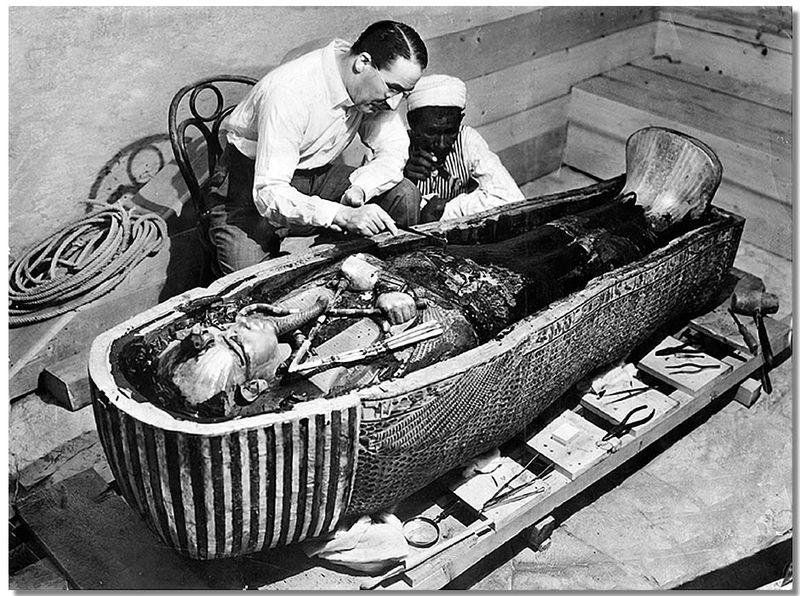
Figure 1 – Howard Carter opens the innermost shrine of King Tutankhamen’s tomb near Luxor, Egypt (1922). From the Wikimediacommons, original photograph from the NY Times archive and in the public domain because of the date of publication.
It was announced this past Monday, by Egypt’s Minister of Antiquities Dr. Mohamed Ibrahim, that mummies of approximately fifty ancient Egyptians were discovered and uncovered in a massive tomb in Luxor’s Valley of the Kings. Among these embalmed remains were princesses, princes, and well-preserved infants from the time of the Pharaohs and these were believed to be relatives of 18th dynasty Kings Thutmose lV and Amenhotep lll, who ruled in the 14th century BC.
As is usually the case, the Tomb had been raided both in ancient times and as recently as the 19th century by grave robbers in search of treasure. As a result the scene is one of chaos, yet still extremely significant archaeologically. Images of this chaos are both thought provoking and reminiscent of images from almost a hundred years ago showing the excavation and unwrapping of Egyptian pharaoh Tutankhamen by by Howard Carter and George Herbert, 5th Earl of Carnarvon.
Back in 1922 the discovery of King Tut’s tomb caused quite a stir. It and the movie that followed spawned the bogus concept of the Curse of the Mummy, and of course, an endless litany of plays on the word “mummy.” Today there is also the interesting connection between Earl Carnavon, Highclere Castle, and the British television series “Downton Abbey.” Carnavon was the real thing!
A striking theme in all of this is the fundamental ambiguity that archaeology creates. These are the tombs, the final resting places, of actual people, who once lived. From where comes the right to excavate their graves and put their bodies on display in some museum? Is there some magic date at which these tombs cease to be private and suddenly become open to the public. It is a strange dichotomy between the pursuit of knowledge of the sacred and overt violation and sacrilege.
At a further level, the photographs are truly fascinating and hold their own particular ambiguity. These tombs were never meant to see the light of day or even of artificial light. They were passed on to the realm of the dead, indeed they became of that realm, and their illumination was never meant to be, we were not meant to see them. And yet here we do see them, here we do photograph them. These are truly photographs that were not meant to be taken of subjects not meant to be seen.
